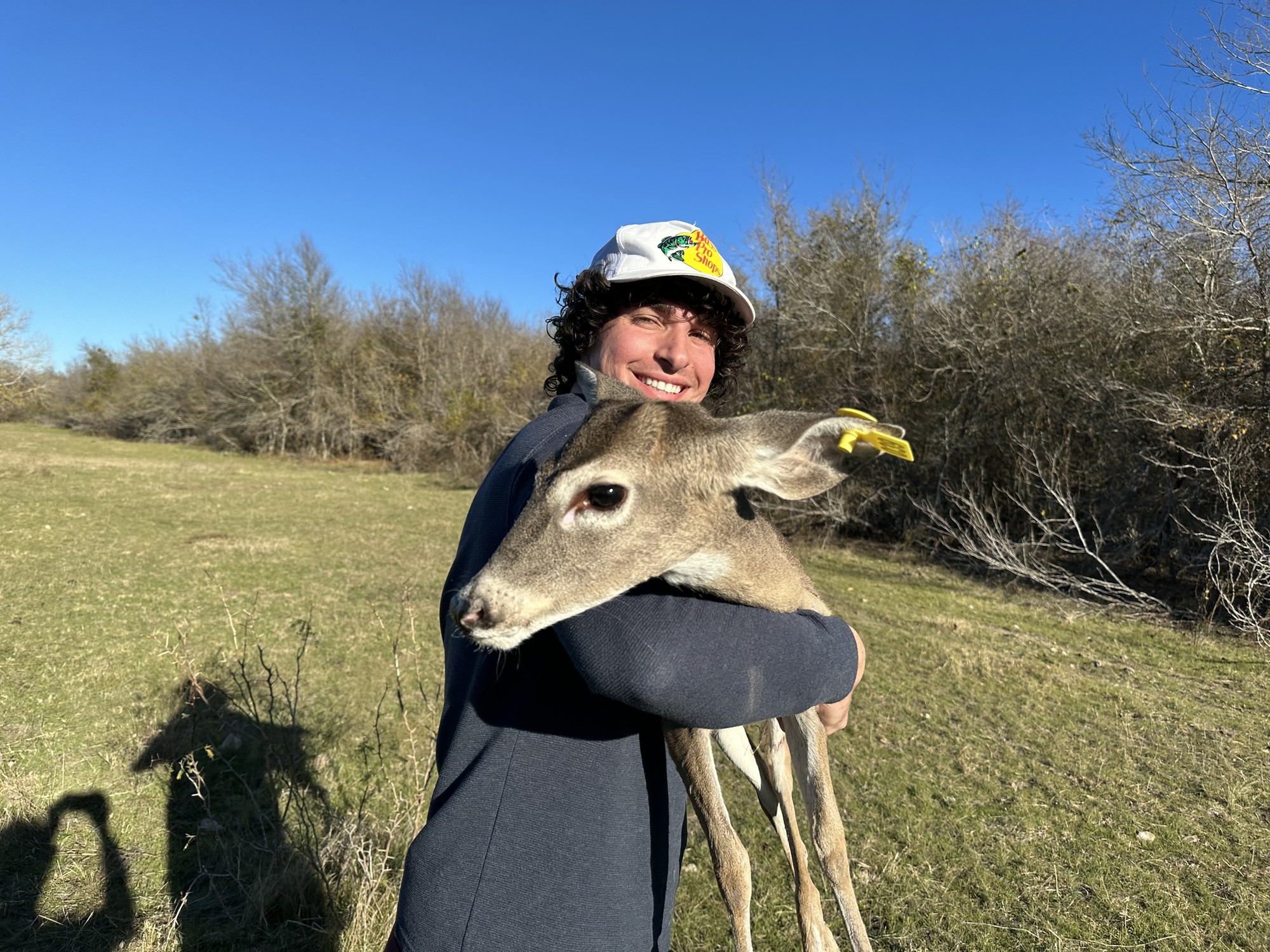Comprehensive Solutions for Wildlife Removal Burlington: Shielding Your Home
Wiki Article
Typical Challenges and Solutions in Urban Wild Animals Removal Initiatives
Urban atmospheres existing unique obstacles for wild animals management experts entrusted with removing or managing wildlife populaces. Recognizing the complexities involved in urban wildlife removal is critical for establishing approaches that stabilize human safety and security with wild animals well-being. This discussion looks for to reveal the detailed balance required for successful city wild animals management.Moral Wild Animals Administration
Dealing with the complexities of moral wild animals monitoring calls for a balance between human rate of interests and the preservation of wildlife environments. In city setups, this equilibrium comes to be progressively challenging as human growth encroaches on wild animals environments, leading to regular human-animal interactions. Ethical wild animals monitoring in these atmospheres needs techniques that focus on gentle treatment of pets while reducing prospective disputes.One of the core concepts in moral wild animals monitoring is the avoidance of injury. This entails utilizing non-lethal techniques for wildlife elimination, such as exclusion techniques that protect against animals from entering human houses, or using deterrents that lead them far from metropolitan locations. Wildlife professionals are charged with utilizing approaches that decrease stress and anxiety and injury to the animals, guaranteeing their well-being is thought about alongside human safety and security.
Moreover, honest management requires educated decision-making based on scientific study and environmental understanding. It is important to assess the eco-friendly functions of urban wildlife and just how their elimination may affect regional biodiversity. Experts have to likewise participate in public education and learning, promoting a more comprehensive awareness of conjunction strategies and stressing the importance of preserving all-natural environments. Ultimately, reliable ethical wild animals monitoring includes cooperation between guardians, policymakers, and the public to maintain metropolitan ecological communities.
Browsing Lawful Constraints
Navigating the lawful landscape of city wildlife elimination offers an intricate layer to the currently challenging job of honest wildlife administration. These legislations vary substantially throughout areas, demanding complete understanding and conformity from those involved in wildlife administration - burlington animal control.One major challenge is the continuous advancement of these legislations, frequently driven by environmental modifications and social perspectives towards wild animals conservation. Specialists have to remain enlightened about existing legal requirements and honest legal adjustments. Non-compliance can cause significant fines, lawful ramifications, and reputational damage.
In addition, partnership with neighborhood authorities can be crucial in navigating these constraints effectively. Structure partnerships with wild animals firms and lawful experts can offer valuable insights and support. This cooperation ensures that elimination initiatives are not only lawful however likewise line up with wider preservation objectives. Thus, understanding and sticking to legal structures is not just a procedural need yet a fundamental component of sustainable and liable urban wildlife administration.

Safety in Elimination Practices
Ensuring safety and security in wild animals elimination methods is critical to securing both animal and human well-being. A primary problem in wild animals removal is the potential for injury or condition transmission to human beings, requiring the use of personal protective devices (PPE) such as masks, gloves, and safety glasses.
Safe elimination techniques additionally include using humane traps designed to stop injury. These traps must be routinely kept an eye on to guarantee that pets are not left in distress. Furthermore, it is critical to follow guidelines that determine the ideal handling, transport, and release of recorded wild animals, making sure that the animals are gone back to ideal habitats where they can flourish without posing more dangers to metropolitan environments.
Furthermore, education and training for those associated with wildlife removal are crucial. This makes certain that all parties understand the most recent safety procedures and methods, therefore reducing the possibility of mishaps and advertising an unified coexistence in between metropolitan occupants and wild animals.
Ingenious Deterrent Solutions
While security in wild animals elimination is vital, avoiding experiences with metropolitan wildlife via ingenious deterrent options can considerably lower the need for such treatments. Urban environments, with their abundance of food and sanctuary, commonly attract wild animals like squirrels, raccoons, and pigeons, resulting in prospective disputes. Innovations in technology and style have led the means for reliable and innovative deterrent methods that decrease wild animals presence without harm.One such solution is making use of ultrasonic tools, which send out high-frequency noises faint to humans but unpleasant for various wildlife types, driving them far from certain areas. In addition, motion-activated sprinklers can hinder pets by startling them with abrupt bursts of water, effectively inhibiting their return. These gadgets are specifically beneficial in protecting yards and eco-friendly rooms from foraging pets.

Additionally, the integration of wise lights systems that change their illumination and color can interfere with the nighttime activities of particular wildlife, reducing their convenience in city settings. Physical barriers, such as bird spikes and nettings, proceed to work as useful deterrents, avoiding animals from nesting or roosting in unwanted locations. Emphasizing humane and environmentally friendly methods, these innovations hold guarantee for sustainable metropolitan wild animals administration.
Neighborhood Education And Learning Campaigns
Comprehending the relevance of community education initiatives is important in resolving city wild animals obstacles properly. Such initiatives play a substantial function in promoting conjunction between people and wild animals in metropolitan settings by increasing understanding and promoting accountable actions. Enlightening residents regarding neighborhood wild animals varieties, their environments, and actions can decrease misconceptions and anxiety, resulting in more educated decisions relating to wildlife management.Area education and learning initiatives commonly include workshops, seminars, and outreach programs designed to engage locals of all ages. These initiatives can concentrate on sensible recommendations, such as protecting waste bins, mounting bird-friendly frameworks, and avoiding feeding wild animals, which assists avoid drawing in animals into urban locations. By distributing understanding about the eco-friendly functions of wildlife, areas can move perspectives from why not try this out watching animals as annoyances to acknowledging their worth within urban environments.
Moreover, education efforts can equip communities to take part proactively in conservation efforts. Homeowners who recognize the relevance of wild animals preservation are most likely to sustain humane elimination techniques and environment protection procedures. Effective neighborhood education and learning needs collaboration in between regional authorities, wildlife professionals, and area leaders to develop customized programs that address certain city wildlife problems. Such cooperation makes sure that educational efforts are both pertinent and that site impactful, promoting unified urban atmospheres.
Conclusion
Urban wild animals elimination needs a diverse approach, resolving honest management, lawful conformity, and safety and security in elimination methods. Successful urban wild animals management hinges on collaboration amongst citizens, professionals, and authorities, making certain strategies that secure human safety while appreciating wild animals welfare.Urban atmospheres existing distinct challenges for wild animals management experts entrusted with handling or getting rid of wild animals populations. Understanding the complexities included in metropolitan wildlife elimination is essential for developing strategies that balance human safety and security with wild animals welfare.Browsing the legal landscape of metropolitan wildlife elimination provides a complicated layer to the currently tough job of ethical wildlife monitoring.While security in wildlife removal is important, preventing encounters with metropolitan wildlife with innovative deterrent options can substantially decrease the need for such interventions. Effective metropolitan wildlife administration hinges on collaboration among authorities, locals, and specialists, ensuring strategies that protect human security while respecting click here to read wildlife well-being.
Report this wiki page